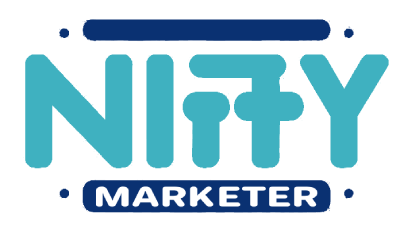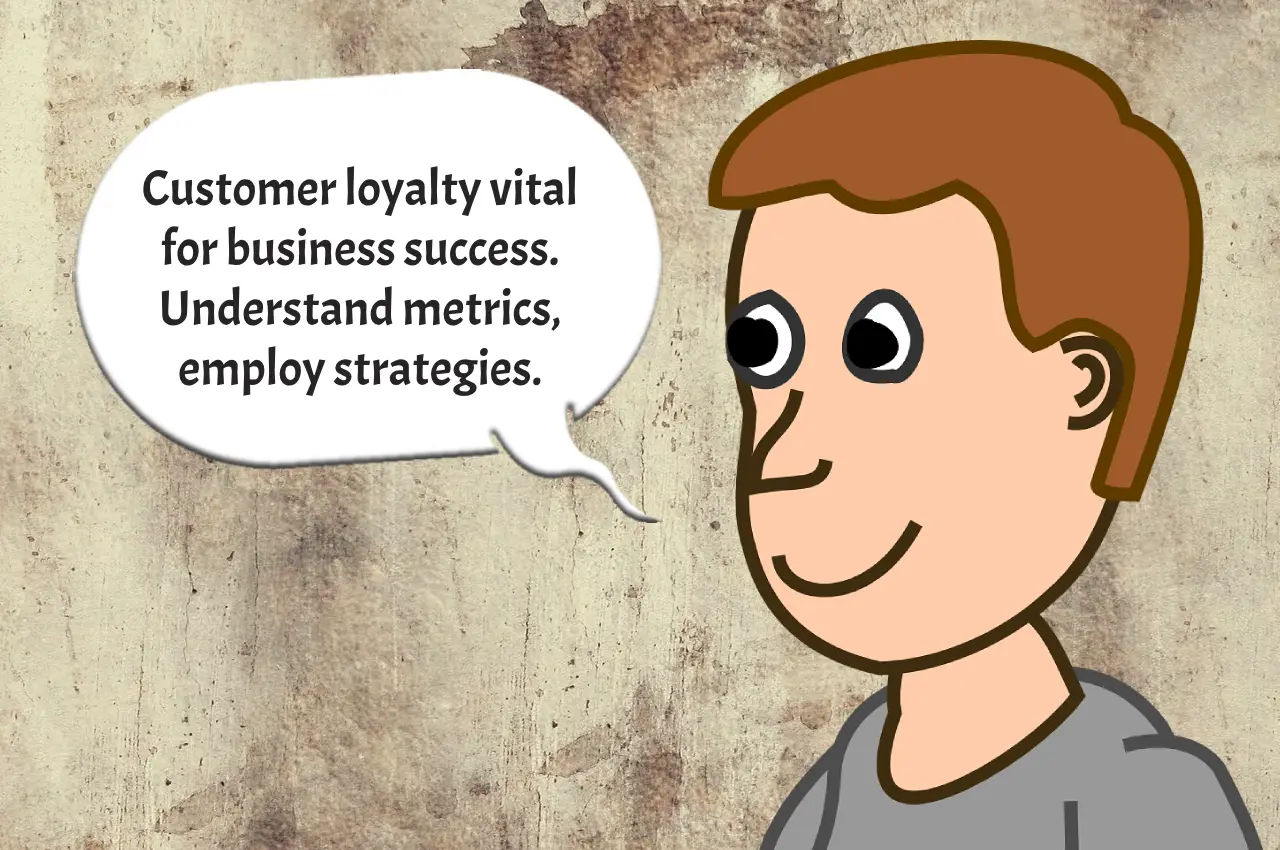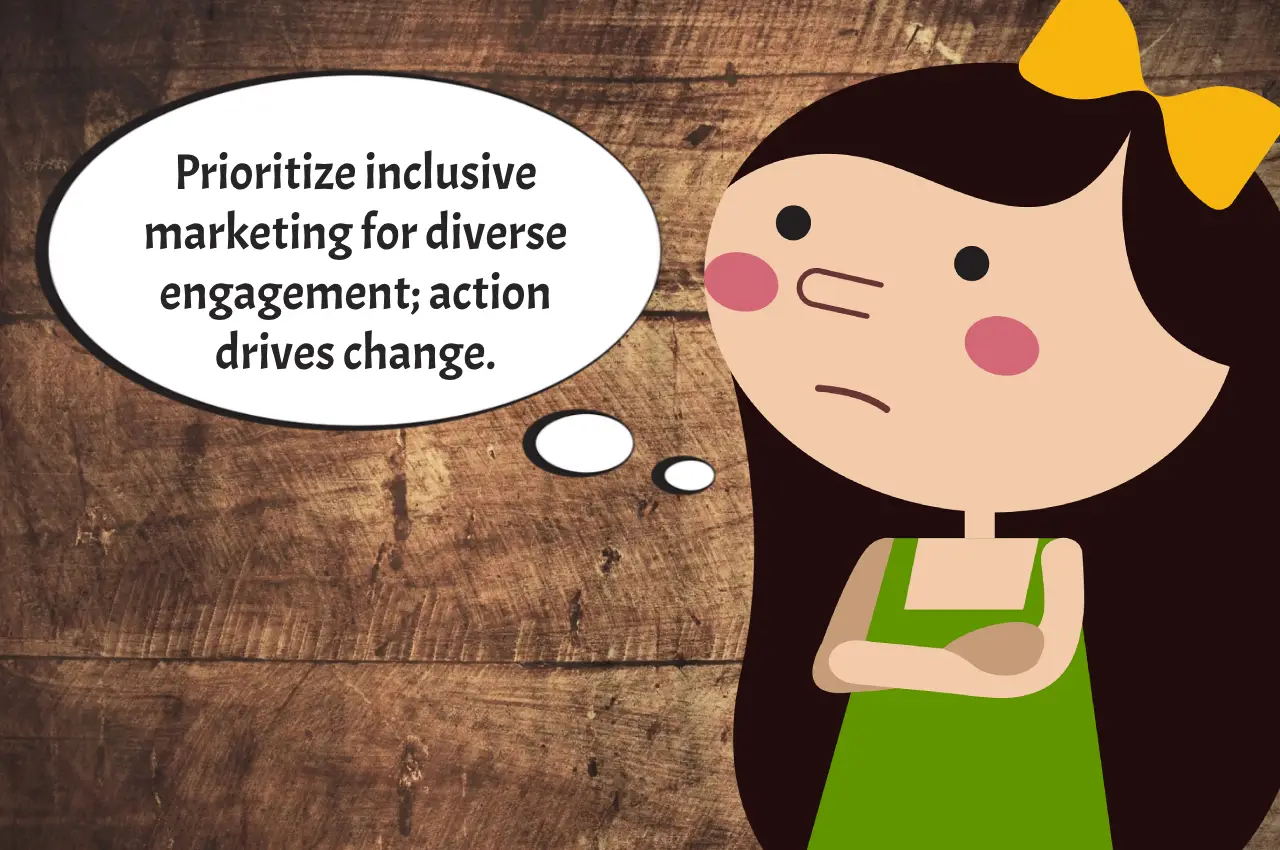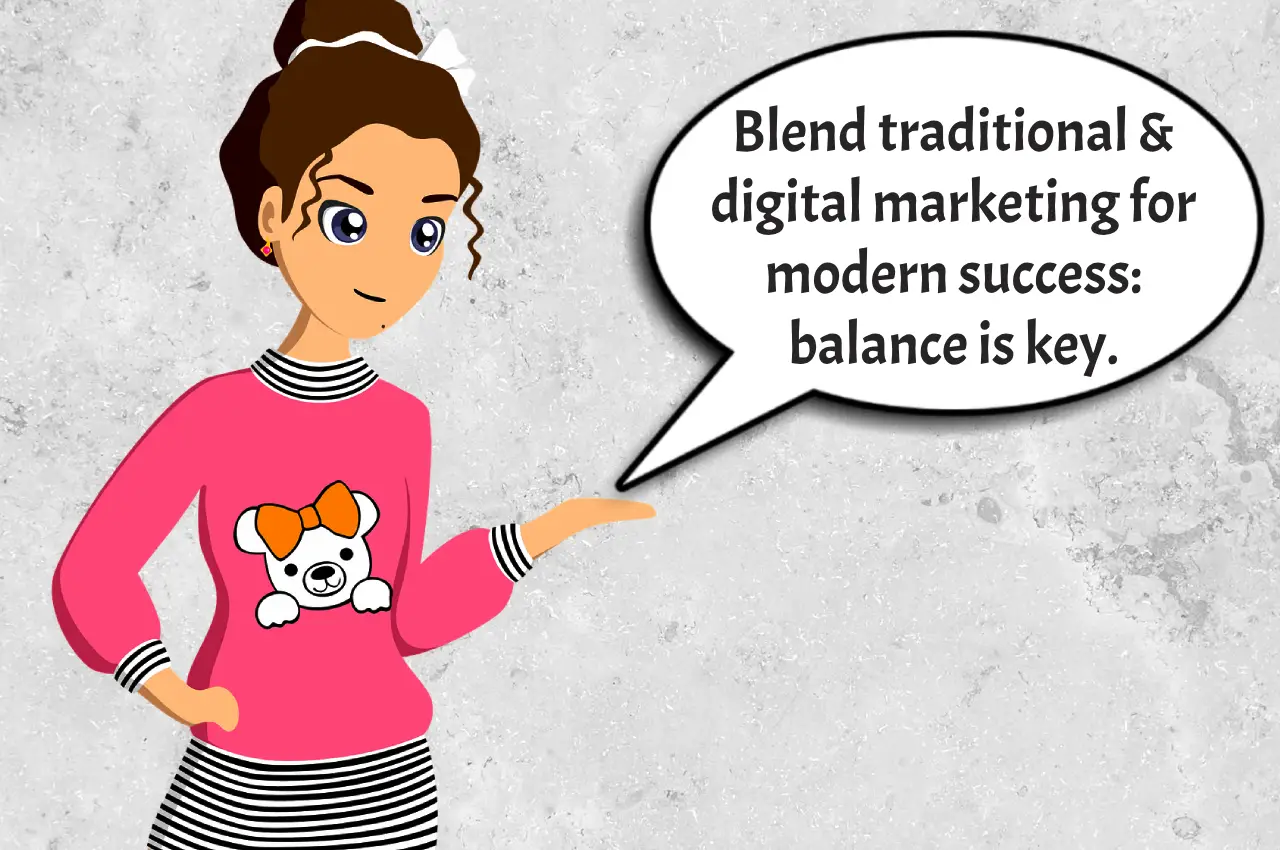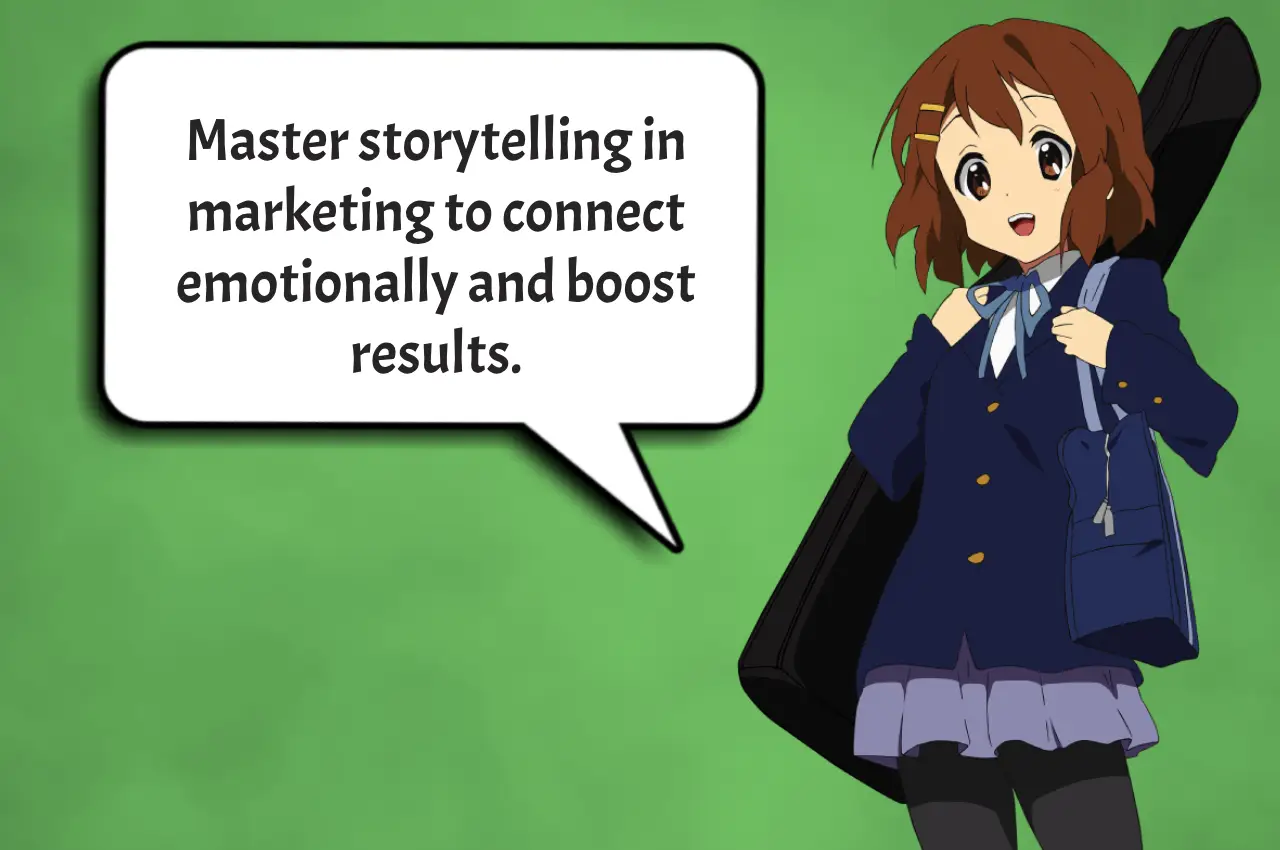In today’s competitive market landscape, customer loyalty is not just a nice-to-have; it’s a must-have for business longevity and success. Understanding and nurturing this loyalty requires a strategic approach, blending the art of customer engagement with the science of data analytics. Let’s delve into the metrics that measure customer loyalty and the strategies that can significantly enhance it.
Cracking the Code of Customer Loyalty Metrics
Understanding Net Promoter Score (NPS)
The Net Promoter Score, or NPS, is a vital gauge of customer satisfaction and loyalty. Customers rate their likelihood of recommending a business on a scale from 0 to 10. Those who respond with a 9 or 10 are ‘Promoters,’ indicating high loyalty. Scores of 7 and 8 are ‘Passives,’ and 0 to 6 are ‘Detractors.’ The NPS is the percentage of Promoters minus the percentage of Detractors. A high NPS is a beacon of strong customer loyalty.
The Value of Customer Lifetime Value (CLV)
Customer Lifetime Value is a forecast of the total worth a customer brings to your business over the entirety of their relationship. It incorporates factors such as purchase frequency, average order value, and customer lifespan. A rising CLV indicates an increase in loyalty and engagement, suggesting customers find continued value in your offerings.
Repeat Purchase Rate (RPR) as a Loyalty Indicator
RPR measures the proportion of customers who make more than one purchase. It’s a direct reflection of loyalty – the higher the rate, the more loyal the customer base.
Keeping an Eye on Customer Churn Rate
Churn rate tracks the percentage of customers who stop doing business with you. A lower churn rate is a positive sign, indicating customers remain loyal over time.
Strategies to Cultivate and Boost Customer Loyalty
The Power of Personalization
In a world where customers are bombarded with generic marketing, personalization stands out. For example, a local coffee shop owner named Emma remembers her regulars’ names and orders. This personal touch transforms routine transactions into meaningful interactions, fostering loyalty.
Prioritizing Quality Customer Service
Never underestimate the power of exceptional customer service. Amazon, for example, has set a high bar with its customer-centric return policies, earning a loyal customer base that values convenience and reliability.
The Role of Rewarding Loyalty Programs
Loyalty programs, when done right, can be a game-changer. Starbucks rewards customers with points redeemable for free items, encouraging repeat visits and building a loyal community.
Actively Engaging with Customer Feedback
Taking customer feedback seriously and acting on it can turn average customers into brand advocates. A tech company, for instance, might use customer suggestions to refine its product, simultaneously improving the product and showing customers they are valued.
Consistent and Engaging Communication
Regularly reaching out to customers through various channels keeps the relationship alive. Newsletters, social media updates, and personalized emails can keep your brand top of mind.
Loyalty Beyond Numbers: The Human Connection
It’s crucial to remember that loyalty transcends mere metrics. At its core, loyalty is about human connections and experiences. Sarah, who runs a local bookstore, exemplifies this perfectly. She not only knows her regulars’ favorite genres but also organizes book clubs and author meet-and-greets. Her customers return for the books, but more importantly, for the sense of community and personal attention.
Implementing the Knowledge
Now that you have a deeper understanding of customer loyalty metrics and strategies, it’s time to put this knowledge into practice. Tailor these insights to fit your business model and watch as your customer loyalty metrics improve. Remember, the goal is to build lasting relationships that go beyond transactions.
I’d love to hear from you. What strategies have you used to improve customer loyalty? Which metrics have been most insightful for your business? Share your experiences in the comments below. Let’s create a community of shared knowledge and insights, where we can learn from each other and grow together.
